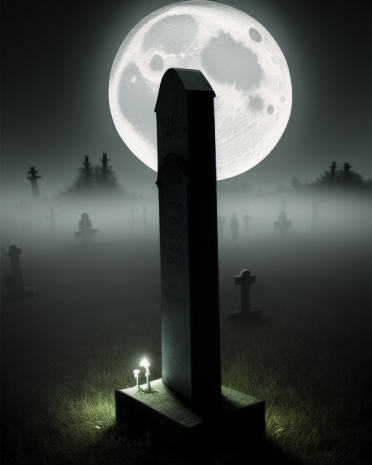Undead
Undead are those whose lives or intellects are preserved and prolonged by Necromancy. Reanimated by proprietary fungi, they roam the world with hungers and needs unknown by the living. They are neither dead nor truly alive, and their existence is a sort of perdition all on its own.
The most common species of undead:
Vampire : Creatures that rest in their grave, sprouting forth and haunting the living in search of blood. By design, they find it easiest to pass for living aside perhaps from Mawka.
Gulla : Are a monstrous form of undead that are clearly inhuman. Their too-wide mouths line a pseudomuzzle that resembles a hairless, ataxic hyena. They subsist on putrefied meat, and are known for a homicidally dark sense of humor.
Mawka: Actually a form of mold, Mawka eat their way into the spine of a fresh corpse and subsume and replace their nervous system, acquiring the memories of their host. The only way to tell the host corpse for what it is are the lesions along the spinal column. They require nerve cells to survive, typically eating their victims' brains through prolonged contact.
Urkik: Corpses reanimated with Necromancy with the intention of controlling them. Left to their own devices, they will often stand still for hours or even days with no motivation. When given a command, they will follow it to the letter. Some Necromancers have had success in training their Urkik to obey only themselves, but most can't rely on theirs for battle because they are simply slaves to whomsoever spoke to them last.
Kokoddu: Corpses reanimated by a plague unleashed by Allatu on Salbatanu. The plague somehow found its way back to Ersetu and exists in remote places and ghost towns. Particularly powerful or vicious Necromancers have cultivated the Kokoddu Plague to attack (or threaten to attack) settlements.
Wailer: A reanimated predator that utilizes infrasound, ultrasound, and terror tactics to hunt for prey. The curse animating them requires organ tissue.
Navri: "The Ideal Master", a form of undeath particularly coveted by Necromancers who believe it to be true immortality. They require mortals, their own souls gnawing on their victims' and eroding them.
Vext: A 'lesser' form of Vampire, one whose corpse was not allowed to infect the moist soil of a grave. Vexts require more fluids than simple blood, nearly all of the moisture in their victims' bodies.
Basic Information
Anatomy
For most of the undead, they use the framework of a living or formerly living host to control the body. This corpse usually requires some sort of fuel to keep moving, though this is usually specific to the species of undead. Otherwise, they require very little and if their needs are not met, they enter a state of torpor rather than true death.
Genetics and Reproduction
Undead propagate through violence by infecting the living or desecrating the dead. Most lines of undead trace their infection vector back to the meddling of a Necromancer.
Growth Rate & Stages
Undead typically grow stronger (or at least develop a better command of their strengths) the longer the fungus is allowed to bond with the host body.
Ecology and Habitats
Undead generally dislike direct sunlight, though it is generally a discomfort rather than a true lethal weakness. That being said, they prefer lands farther from the equator than closer, and some migrate to follow the winter.
Dietary Needs and Habits
Undead typically require (and can only consume) one sort of food. This food is a major factor that differentiates the different species of undead. Gullatu for instance require putrefied meat, and Vampires famously crave blood.
Behaviour
Fresh undead are typically hyperfixated on gaining nutrition, and their unlives are a cycle of feeding, sleeping, growing, waking and hunting. As they age, they develop better control and begin pursuing the sort of entertainments they pursued in life, though often these joys have been twisted by nihilism, hedonism, and the all consuming need to feed.
Additional Information
Perception and Sensory Capabilities
The eyes of the undead are almost vestigial, and are often not truly intact. Instead, they 'see' the energy of the living. Many of them loathe the sight and seek to extinguish it, but some (particularly, many Vampires) find the sight beautiful and will surround themselves with the living.




Comments